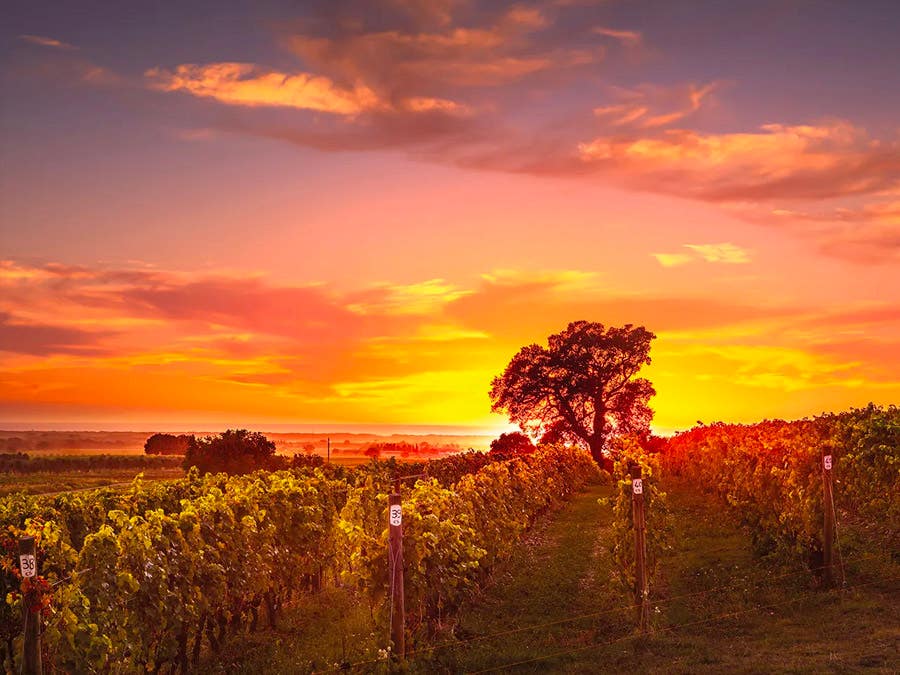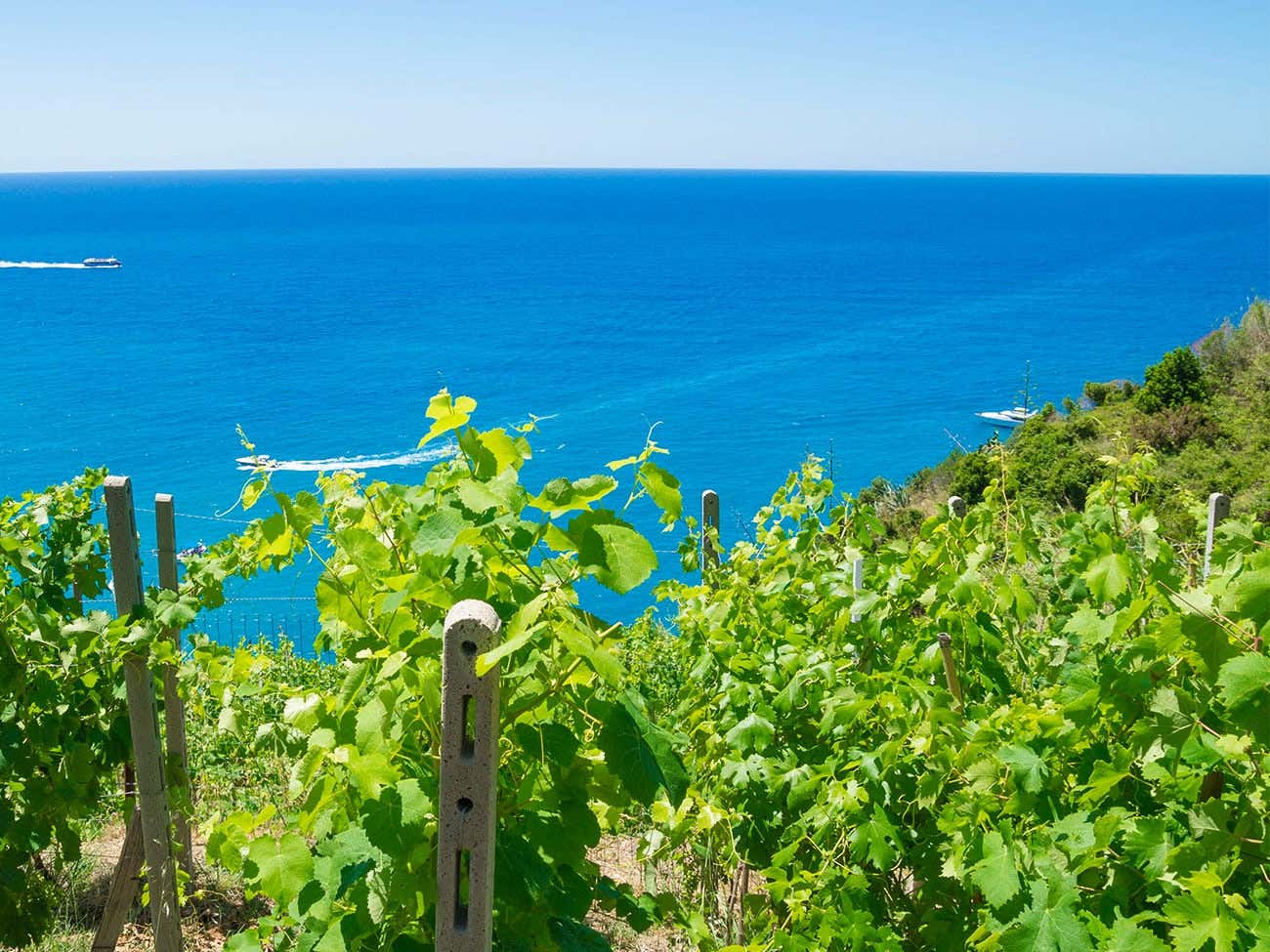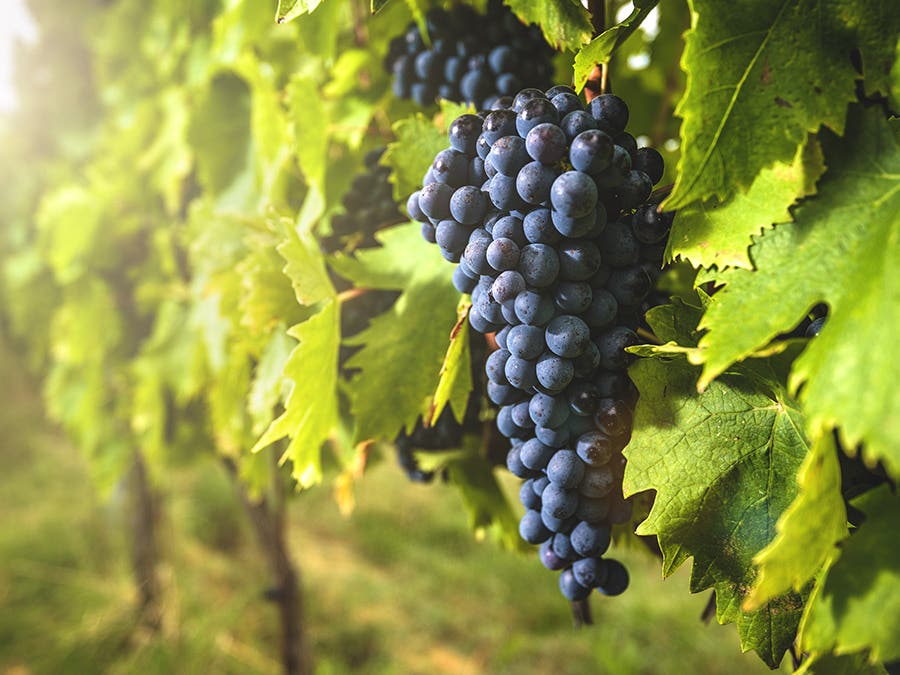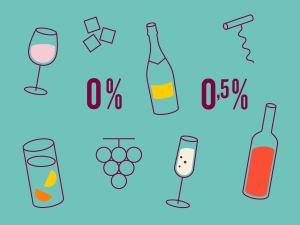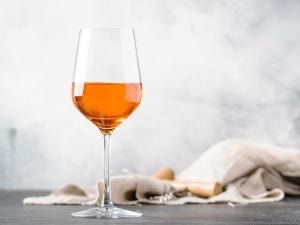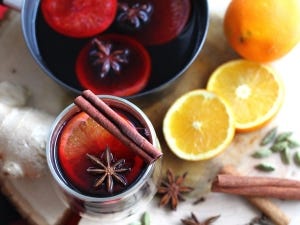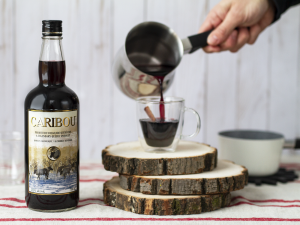Bolgheri & Maremma: Bordeaux in Tuscany
In a country with a history spanning several millennia, it’s rare to talk about a young winemaking region — but that’s the case for Maremma and its most prestigious winemaking mecca, Bolgheri. For a long time, people considered this little corner of Tuscany, which is located near the Mediterranean, too hot for viticulture. And it’s true that the region’s flagship varietal, Sangiovese, is fond of the slightly cooler hills of Chianti and Montalcino.
Nonetheless, as of the 1970s, ambitious vintners from prestigious households — the Antinoris and their cousins, the Incisa della Rochetta family, in particular — wanted to demonstrate Bolgheri’s ability to reach never-before-seen Italian winemaking heights. Their secret weapon: Bordeaux. These French grapes were a bit better acclimatized to slightly warmer maritime conditions. Nearly fifty years after the appearance of Sassicaia, Tignanello and their numerous spiritual and vinicultural descendants, the region made a serious mark on the global wine scene by delivering products that age well and can compete with both Bordeaux estates. If the world knows about the qualitative heights that Italian wine can reach, it’s in no small part attributable to the ambitious wine growers of Bolgheri.
In Maremma, in general, high-flying Supertuscans have been democratized over the years, and the local wine portfolio has diversified. Certain ones even intermingle with Rhone grapes (Syrah, Grenache, even a splash of Alicante here and there), and all of them enjoy a climate that allows for a pre-fall-rain harvest. One thing’s for certain: Fleshy reds have become the region’s signature and go particularly well with boar, a local speciality that finds its way into many traditional dishes.
You may also like
-
Read more
A maritime climate influences the culture of wine-growing in a variety of ways. The role of the sea is palpable even once the wine has reached the glass.
-
Read more
Sangiovese owes its fame to the great wines of Tuscany, famous since the Middle Ages. It is widespread throughout the Italian peninsula, and its cherry and spice scents come in several styles depending on where it is grown. It is now found in temperate regions of California where it manages to express all the finesse of its aromas.
 Access to SAQ Inspire personalized services and store inventories are unavailable at the moment.
Access to SAQ Inspire personalized services and store inventories are unavailable at the moment. Free in-store delivery with purchases of $75+ in an estimated 3 to 5 business days.
Free in-store delivery with purchases of $75+ in an estimated 3 to 5 business days. 
